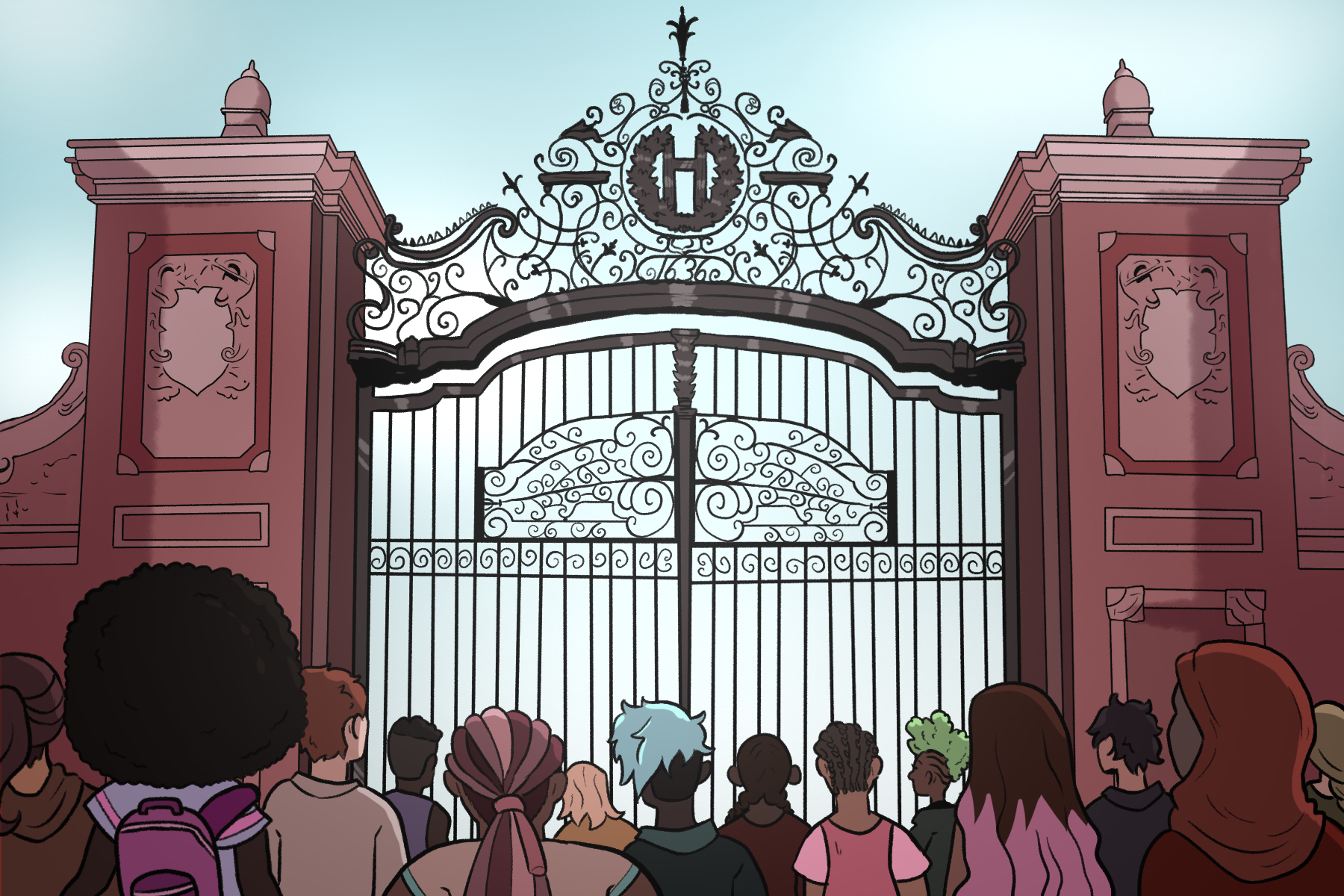As the summer winds down and college students nationwide prepare for another semester, the universities themselves are teetering a bit more precariously than usual. Over the past few months, several major developments were made regarding the ethicality of college admissions, specifically in the context of a prospective student’s race. First, in June, the Supreme Court overturned decades of precedents that upheld affirmative action. Then, July countered by offering a Department of Education investigation of legacy admissions at Harvard.
The development of these two situations in rapid succession speaks volumes to the inequity in higher education systems and emphasizes its paradoxical nature. According to the United States Supreme Court ruling, a student’s racial identity is irrelevant to their educational experiences and a diverse student body in higher education institutions can be achieved naturally. Meanwhile, generations of (already) privileged legacy kids benefit from a VIP pass to the nation’s most prestigious institutions, thereby limiting access and opportunities to this very narrow demographic. The people hoping that glaring racial disparities will magically fix themselves are the very same people with the power and resources to actually fix them.
Before considering the implications of this catch-22, the details of each development from this summer must be understood. Affirmative action is one of the most controversial facets of modern discourse, but unlike other issues, public opinion isn’t so divisively split into two partisan halves. Rather, NPR reports that most polls point to an approval rate between 50 and 60 percent when participants are asked if they support affirmative action, but a slight change in the semantics of the question can produce different outcomes. In other words, people generally feel some sort of conflict toward the subject but aren’t as committed to that feeling as they are to other politicized topics.
In a case that focused on Harvard and the University of North Carolina – the country’s oldest private and public colleges – the justices struck down affirmative action because it purports the belief that “the touchstone of an individual’s identity is… the color of their skin.” Clarence Thomas, America’s second Black justice, concurred with this decision by noting the potential stigma that affirmative action supports,.He argues that the policies create a perception that marginalized students could never belong at schools like Harvard without the charitable assistance of affirmative action. On the other end of the spectrum, Justice Ketanji Brown Jackson wrote in her dissenting opinion that the decision was “truly a tragedy for us all.“ President Biden encouraged colleges to pursue diversity in other ways, without really providing an example.
In its simplest definition, affirmative action refers to “policies aimed at increasing the number of Black, Hispanic and other minority students” on college campuses. This leads many opponents to believe that unqualified “minority” students are stealing the earned spots of qualified white students. However, affirmative action has never been some retaliatory form of racism toward white people. It is instead a mechanism of seeking out historically marginalized students who are equally deserving of a place at an Ivy League school but who would not have been otherwise visible to admissions officers. Affluent white students typically have the benefit of enrollment in expensive SAT prep courses, an assortment of transcript-boosting extracurriculars and the personal flexibility to travel hundreds of miles on college tours where they can network with school officials. Affirmative action aspires to consider race as a factor in a “holistic approach” to selecting the best candidates; it isn’t a blank check to dole out unworthy offers or an arbitrary quota of marginalized students to meet.
Directly connected to the affirmative action ruling is the use of legacy admissions at some of the most decorated schools in the country. New York Democrat Alexandria Ocasio-Cortez bitingly refers to it as “affirmative action for the privileged” because it offers preferential treatment to the children of alumni in the college application process. In July, three New England-based groups filed a complaint with the Education Department that Harvard’s use of legacy admissions is discriminatory towards non-white applicants. At Harvard, a whopping 70 percent of legacy students are white. Many top-tier schools have defended the policy, saying that admitting legacy students simply “build[s] a valuable sense of loyalty and belonging.” But Harvard’s facade of good intentions may simply be masking their underlying greedy motivation of making money. After all, an alumnus whose child just got rejected would be less keen on dumping any more money into their alma mater. Furthermore, the typically high socioeconomic status of legacy students means that they’ll likely pay the full tuition without financial aid or scholarship money.
For those who doubt the tangible preference given to legacy kids, consider this statistic: Harvard’s non-legacy admittance rate is roughly six percent. But if your mom or dad once walked the halls of the Cambridge campus, then your chances of acceptance get boosted to 34 percent. Through the fateful life hack that is legacy admissions, wealthy white families dominate the makeup of prestigious institutions from which a degree virtually guarantees success in the professional world. Schools like Harvard, who in one breath defend affirmative action and in another breath defend this elitist nepotism, are both creating and maintaining a cycle of systemic inequity in America’s educational institutions. Evidently, untangling the mess of irony caused by these two developments in college admissions is no small feat and has left students, educators and policymakers alike looking for solutions that foster diversity.
Admittedly, as a white student at a private college, I can only offer a limited perspective in discussions of affirmative action or legacy admissions. The narratives of students from historically marginalized backgrounds are far more important to truly understand the magnitude of the Supreme Court’s ruling. For example, this article by Latino Ph.D. student Erick Ramirez Manriquez outlines the potential ramifications of the decision, and this piece from journalist Joy-Ann Reid highlights her experiences as a Black student at Harvard.
From my perspective, our education system is crumbling. Books and courses are being banned, topics are being censored, student loan forgiveness is being retracted and affirmative action is under fire. Simply put, we are regressing instead of progressing. Schools are places where the next generation should be able to hone the skills they need to develop into well-adjusted adults and share ideas without fear of being ostracized because of their identity. Instead, schools are becoming increasingly hostile and exclusionary.
The Harvard insignia and everything it represents is one of the most frequently referenced universities in popular media, serving as a symbol for American collegiate culture. What does it say about our nation when that illustrious emblem is at the nexus of racism and classism in education? Clearly, the United States is far from the inclusive melting-pot status it wishes to achieve.
















